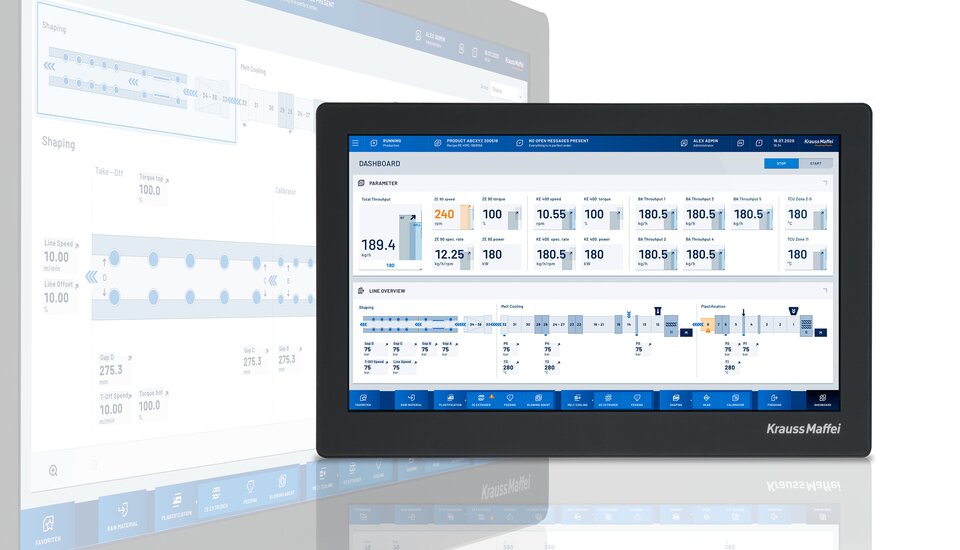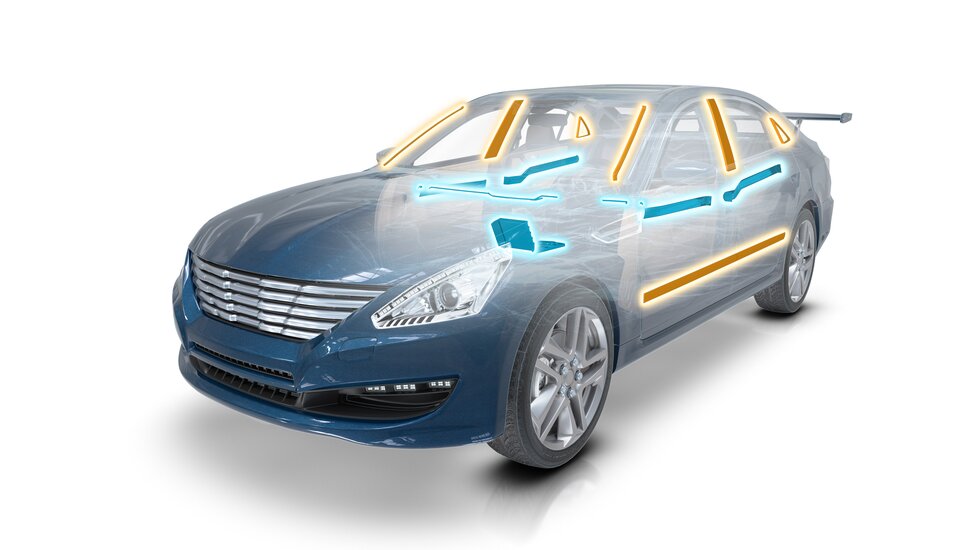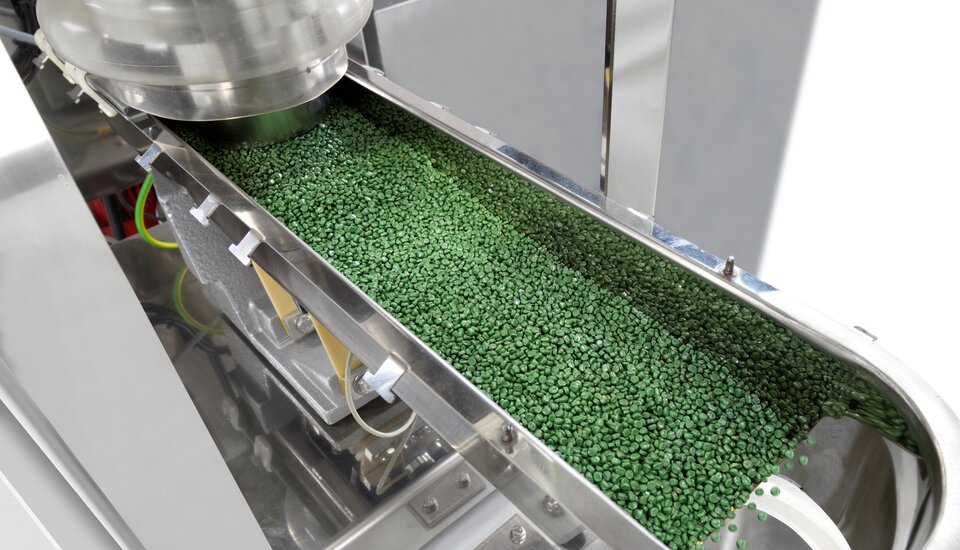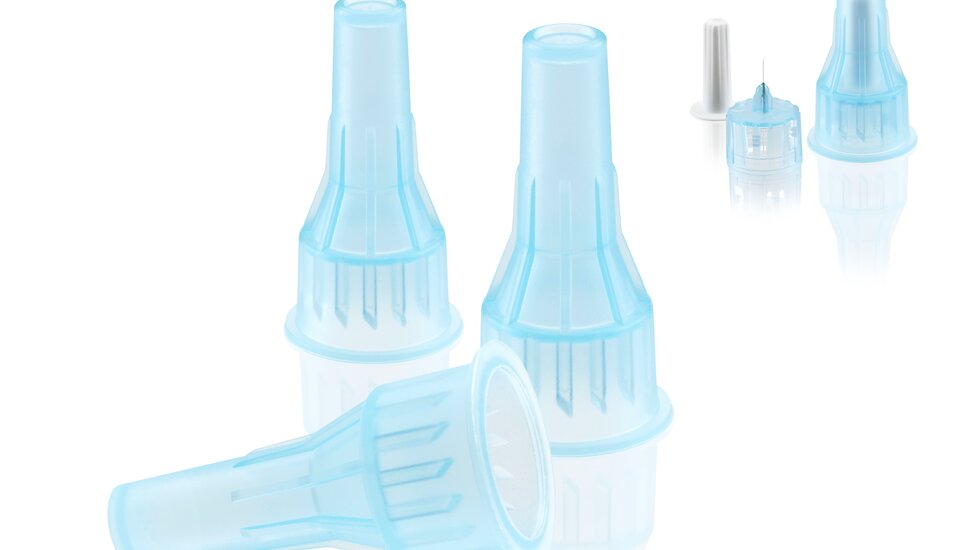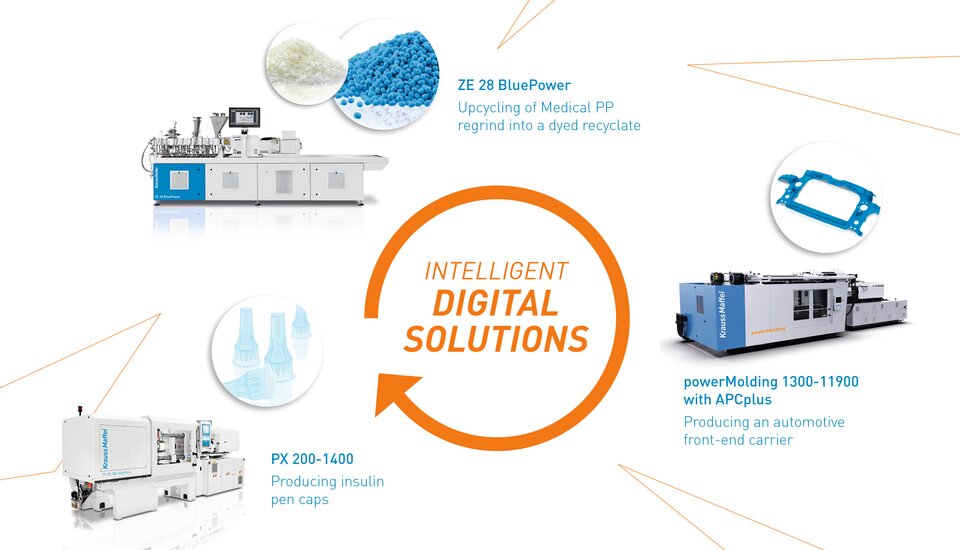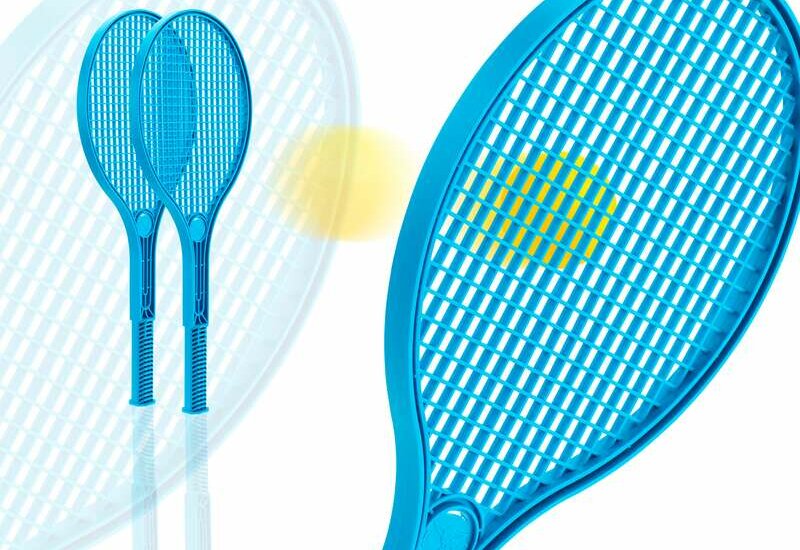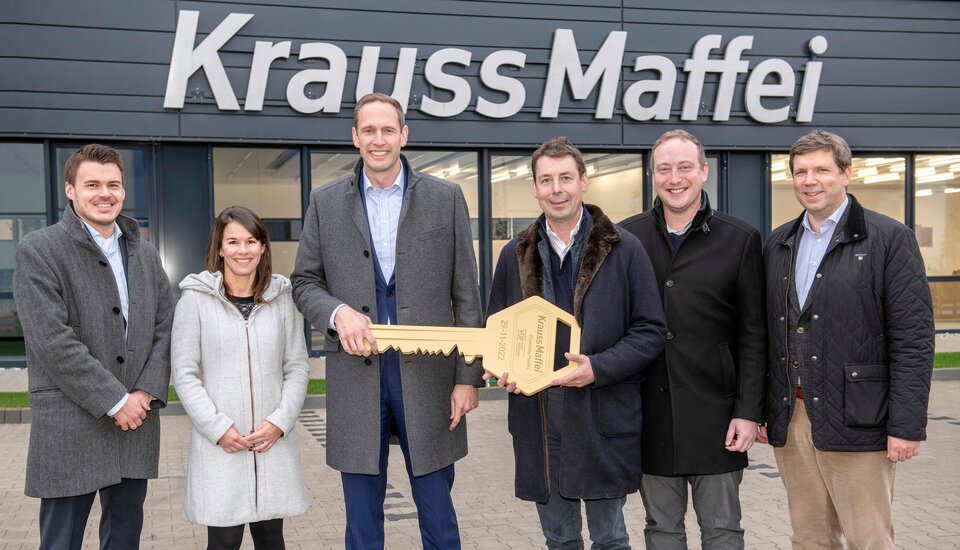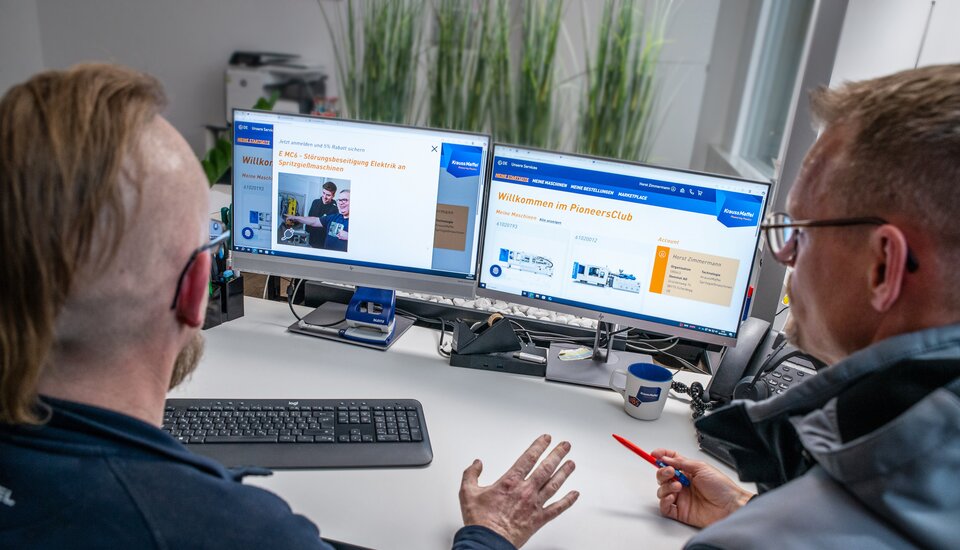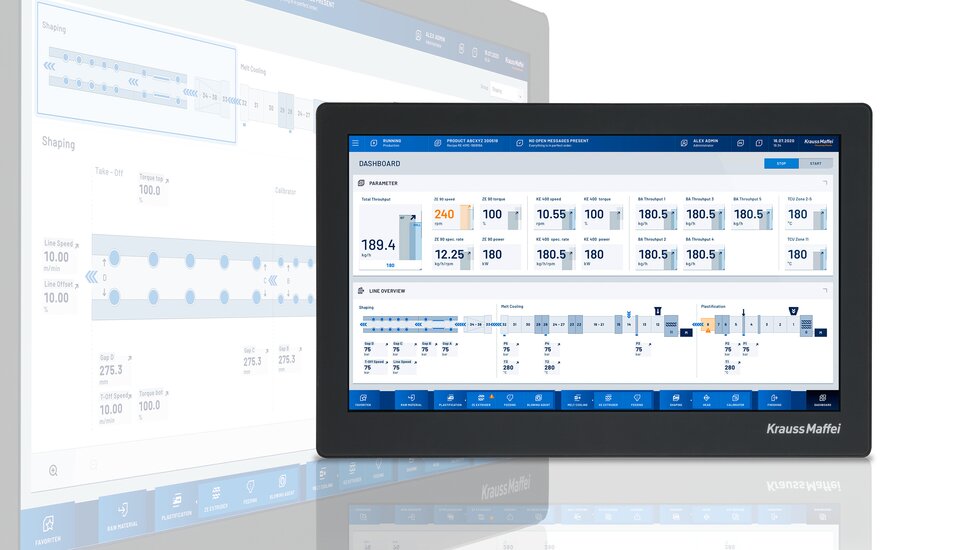
Insights
From steam locomotives to Plastics 4.0
| KraussMaffei
KraussMaffei's innovations as a reflection of the times
Looking back into the future: KraussMaffei has a long history as a driver of innovation, extending from locomotives to the first laboratory machine, Alpha 1, to the smart injection molding machine in the era of Industry 4.0.
When Joseph Anton von Maffei, in 1838, and Georg Krauss, in 1866, founded their plants in Munich, from which the KraussMaffei Group later arose, there was a promising business area: steam locomotives. After some initial difficulties, Maffei began to achieve some first successes shortly thereafter. His 72nd locomotive "Bavaria" won (according to the standards of the time) the challenging competition at Semmering in 1851 for steep-grade locomotives with over 400-meter height differential and steep slopes. Krauss' first locomotive "Landwührden" was even premiered at the World's Fair in Paris in 1867. As a result, the export business in both plants began to flourish and they began to operate in new business areas such as ship, peat fiber machine and bridge construction.

The first locomotive:
"The Munich" was shipped in 1841 by the Hirschau Iron Works.
Its main business was always locomotives. In the mid-1920s, however, locomotive construction fell increasingly into crisis over the course of the Great Depression and heavy sales fluctuations, from which our unified plants, now under one roof, would not recover until a few years after the Second World War. Nevertheless, in those years plagued by crisis, the first building blocks were laid for future successes. Berstorff GmbH in Hanover, for example, developed the first calender for plastic films.


Entry into the plastics business in the mid-1950s
After the difficult post-war years, during which KraussMaffei also had buses coming off of the assembly line, entry into the plastics business followed in the mid-1950s. As early as 1957, the company was able to introduce the first fully automatic large injection molding machine worldwide. Innovations such as these and our first high-pressure processing machine led to us being the pioneers by the end of the 1960s when it comes to plastics processing. With the introduction of the A-Series in 1979, the first fully-regulated, hydraulic injection molding machine made its way into the portfolio of KraussMaffei. The multi-functional Alpha 1 laboratory machine, developed at the end of the 1980s, with its 5,000 tons of clamping force, a height of more than 12 meters, 18 meter width and length blew all the known dimensions in the industry out of the water and opened thoroughly innovative possibilities for processing technology.
This is because the Alpha 1 combines injection molding and compression molding for processing thermoplastic and fiber-reinforced plastics, which makes them ideally suited for manufacturing large-format, contoured car parts such as car bodies using various thermoplastic materials. Though this innovation remained a prototype despite its progressiveness, it is illustrative of how KraussMaffei generate innovation by applying process and solution-oriented engineering expertise paired scientific curiosity and creative thinking.
Leading innovation in the plastics industry
In the following years, the world premiere of the single-screw compounding extruder from Berstorff, the QuickSwitch technology introduced four years later by KraussMaffei Berstorff for in-line dimension change at the touch of a button and the first version of the ELION series developed by Netstal, all rank among our leading innovations. This is how KraussMaffei Group has consistently driven worldwide innovations for the plastics and rubber processing industries.
At the Competence Forum 2018 we featured these innovations with 25 live demonstrations of our newest technical market wonders. Among these were the all electric injection molding machine series PX 25 and PX 320. Further highlights were the MX 1600 injection molding machine, which, by processing hollow glass microspheres, makes manufacturing very lightweight components like car spoilers with immaculate, particularly well-paintable surfaces possible. Another is the ColorForm application, which was first introduced at the K in Düsseldorf in 2010 and has since been developed further. This brings two processes together, similar to the way the Alpha 1 did back then; namely, those of the injection molding and Reaction Process Machinery and thus, makes production of components with high-gloss surfaces in color possible, as they are often needed in lightweight construction of vehicles. Therefore, KraussMaffei Group provides automatically functioning machine series that meet the demands of digitalization, which is beginning to increasingly transform the industrial sector also.
Smart Production systems
such as the MES MaXecution are the future of KraussMaffei.
Smart products for the plastics industry
With KraussMaffei Group's solutions in the area of E-Services, data acquisition and data analysis, we also provide what is needed to make the industry smarter, more productive and continually better and thus, drive the entire industry forward with innovations.
